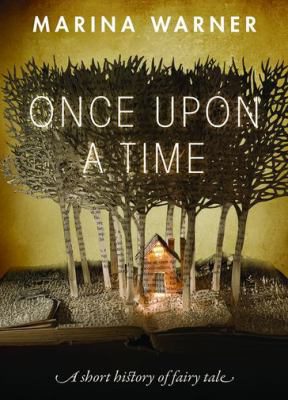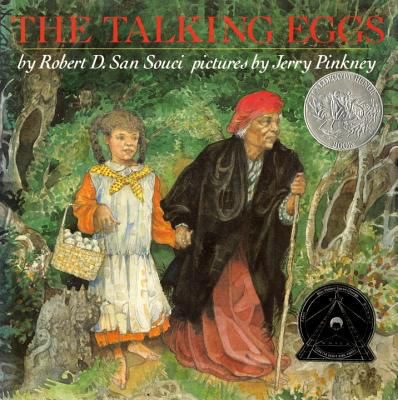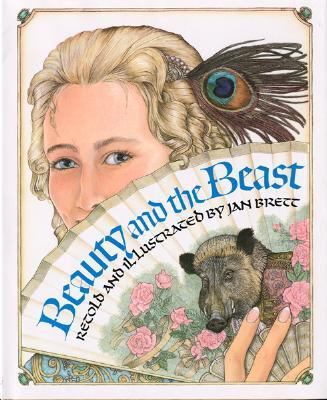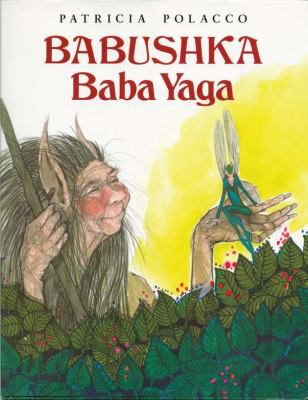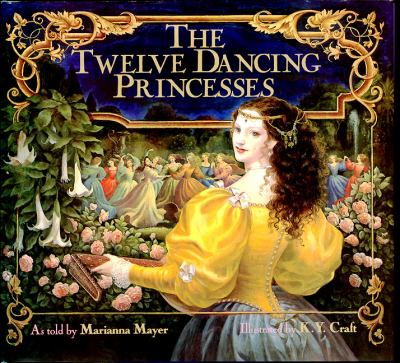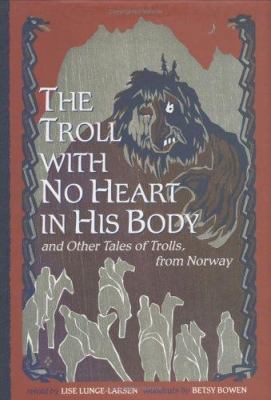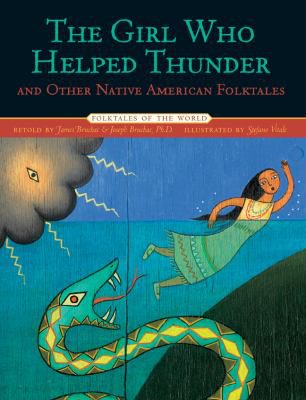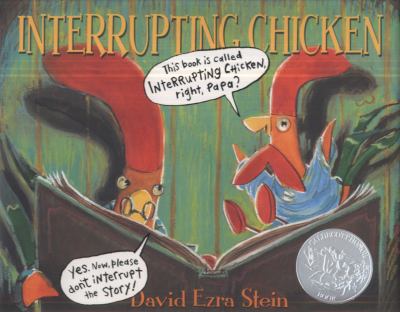Finding a love of reading through fairy tales
Posted on August 22, 2019 at 6:00 am
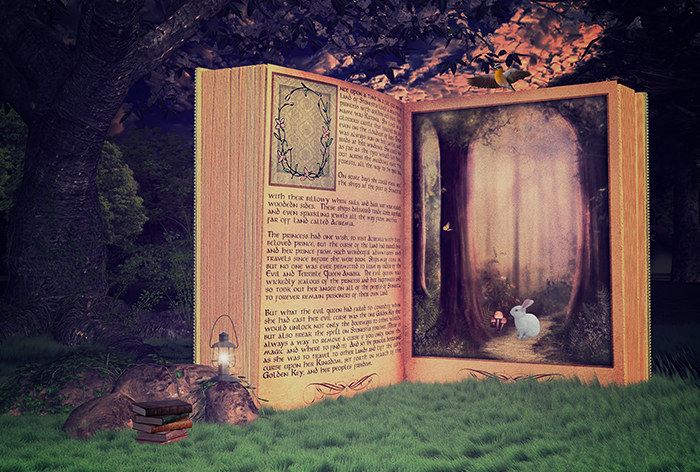
By Caitlin Wheeler
Some children are early readers. I have a friend who swears she already preferred burying her nose in a book (over any other activity) by the time she turned two, along with the photo to prove it.
While this story smells faintly of exaggeration and posed photography to me, I’m sure my friend was a very early reader because she is a voracious reader today. Many of my friends who are avid readers started out reading before kindergarten.
Not so for me.
I tested behind the reading curve as a child. When the other children worked on their regular reading lessons, I recall being pulled aside with other kids to catch up on the alphabet by coloring in a giant capital letter ‘A’ next to a picture of apples. When I did gain enough reading skills to catch up to my classmates and join the book report assignments, I chose the same Easy Reader book to report on every single month, just to get out of the scary work of having to figure out a new story. I wasn’t good at reading, and I dreaded things I wasn’t good at as a child.
But I did love stories.
One life-changing afternoon, by luck or by guile, my mom talked overlong to a teacher and I was left with nothing to entertain myself but the teacher’s library. I searched the spines for a book that I could at least look at, skipping past all the familiar, ugly books in my reading levels until I stumbled across a beautifully illustrated copy of Beauty and the Beast.
In my memory, the costumes were decadent and exuberantly French, the beast strange and unfamiliar compared to the almost cuddly Disney version. The pages were absolutely filled with words—far more words than any book I had ever read on my own. And those illustrations were so divine. I was determined to get the whole story. So I started reading.
Like my friend who claims to have read at age two, I know this story sounds a little bit off. Memories can sometimes rearrange and condense themselves. I know that, in that moment, I didn’t just magically learn to read. Like most children just starting out, I probably did some reading, and then I probably also made up a bunch of the story to myself. And that was something I could do because I had pictures to help me along and knew the story of Beauty and the Beast already.
But here’s the important part—I couldn’t have possibly just unlocked reading like a superhero unlocks a power by sheer force of will—finding that fairytale with its lush illustrations and familiar casings kick-started a love of reading that I still hold today.
Much can be said about the nature of fairytales, why we tell them, why we read them, and where they come from than I can write in a single blog post. If this topic interests you, you may wish to read Marina Warner’s fantastic Once Upon a Time: A Short History of Fairy Tale. It’s a slim volume that’s full of good analysis on the subject.
If you’d rather just read more fairy tales, the library is chock-full of them. With my younger self in mind, I looked for kid-friendly stories with especially engaging illustrations to share. I’ve avoided fear-inducing tales. Many of the following stories have the depth to entertain adults as well.
The Talking Eggs: A Folktale from the American South
Retold by Robert D. San Souci; illustrated by Jerry Pinkney
Origin: Creole peoples of the American South
Blanche, the kind and unloved of a pair of sisters, meets an old woman on the road. When the old woman later invites her home, Blanche discovers a wondrous world of two-headed cows, three-legged chickens, and talking eggs. As she walks home, Blanche tosses the eggs over her shoulder, as instructed, to find diamonds, gold coins, and a carriage. Of course, her rewards lead to jealousy from her greedy mother and sister, and more complications arise.
My mother read this picture book to me as a small child. The gorgeous full-page watercolor illustrations enthralled me then, and I still find them compelling today as an adult.
Retold and illustrated by Jan Brett
Origin: France
I don’t know if this is the version of Beauty and the Beast that I found which led me to reading. It’s not exactly as I remember it, but it’s close enough that it could be. Certainly, the illustrations are complex and inviting, and the story includes some of the details from the original 1740 tale by de Villeneuve, such as the doting father stealing a rose from the beast’s garden as a gift for his daughter. The beast’s warthog face is a nice nod to the original illustrations by Walter Crane.
For those who aren’t necessarily interested in translated 18th century French literature but who would still like something a bit more dense and traditional than the Disney tale, this is a great entry point.
Written and illustrated by Patricia Polacco
Origin: Russia
Baba Yaga wants to care for a child, but everyone is afraid of her monstrous appearance, so she dresses up as a babushka and adopts a family without a grandmother. She gains respect in the village, until one day the other babushkas begin telling fairy tales, including the legend of the evil witch Baba Yaga, who steals children and gobbles them up. Baba Yaga decides it is best to leave the village after all, before they learn who she really is.
Patricia Polacco’s illustrations are famously soft and sensitive, and this compassionate tale of the enigmatic forest witch proves no exception. Baba Yaga manages to hold the line between ugly and cute, scary and bumbling. This story is an excellent introduction to our roles as assigned by society and the necessity of empathy in our perceptions of the Other.
As told by Marianna Mayer; illustrated by K. Y. Craft
Origin: Germany
A king has twelve daughters who disappear every night and who wake every morning with their dancing shoes in tatters. He has offered the hand of his youngest daughter to whichever man can discover where they go each night. With the help of a sponge, a magic cloak, and a little cleverness, Peter finally discovers the princesses’ secret…. But will he be able to break the spell?
Craft’s illustrations do this rich, emotive tale justice. Each page is filled with splendid detail that will leave child and adult alike examining the page long after the story is complete.
The Troll with No Heart in His Body and Other Tales of Trolls from Norway
Retold by Lise Lunge-Larsen; woodcuts (illustrations) by Betsy Bowen
Origin: Norway
This collection of tales is worth reading for the author’s introduction alone. Lunge-Larsen introduces the importance of trolls by telling of her own childhood searching the landscape for “dead trolls”—knobby roots or stones or other bits of nature that looked like they could belong to a giant’s body. She goes on to briefly analyze the importance of storytelling and invites the reader to join her in the age-old tradition by diving into her book.
Though there are fewer visual elements than other recommendations on this list, Betsy Bowen’s colorful, captivating woodcuts still make this collection a compelling visual dive. Each story is followed by a brief analysis, a personal anecdote, or a conjecture as to the origins of the tale.
The Girl Who Helped Thunder and Other Native American Folktales
Retold by James Bruchac and Joseph Bruchac; illustrated by Stefano Vitale
Origins: Indigenous Peoples of North America
This collection of folktales has perhaps the fewest illustrations per word count on this list, making it better suited for a slightly older audience. But the stories and the illustrations it does have are worth the time to read and explore. Stories are ordered by region, and only one story is offered from any given group of people. At the beginning of each tale, James and Joseph Bruchac give a small introduction to the people from which the story came, offering cultural context to help the reader better understand what they are about to read. This is a great introduction to a broad spectrum of stories and the people they have come from.
Each image is stylized to pay tribute to the artwork of the tribe who first told the story it illustrates.
Written and illustrated by David Ezra Stein
Origin: North America
Papa chicken is putting little red chicken to bed with a good bedtime fairy tale. Unfortunately, little red chicken is a bit of an interrupter. Every time the children in the story are about to enter danger, she interrupts the story—to warn them—so that the story ends. Will papa and little red chicken ever relax enough to get to sleep?
While not a fairy tale itself, this book dialogues with well-known fairy tales and children’s tendencies to be more practical than the story itself. This book is a fun flip on reading expectations and offers a chance to practice listening skills and self-control with your preschool- and kindergarten-aged children.

Tags: fairy tales, folktales, illustrations, kids, parents, picture books, preschool, reading, toddlers

